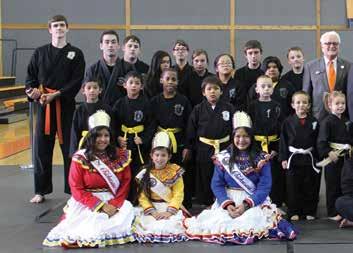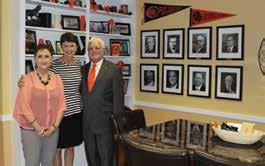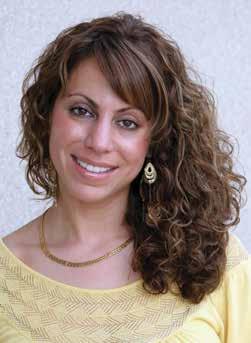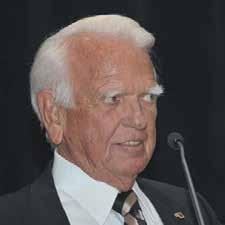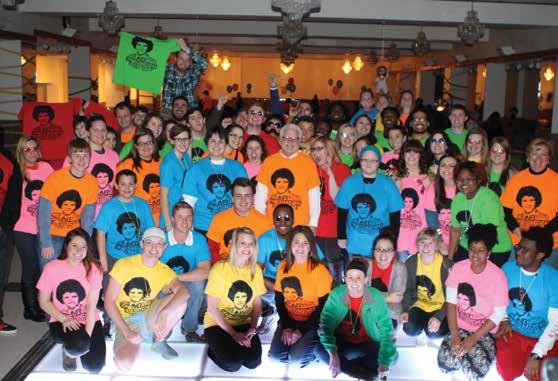CURL Grand Opening NEW DR. RANIYAH RAMADAN CENTER FOR UNDERGRADUATE RESEARCH and LEARNING TO ULTIMATELY BENEFIT ENTIRE ECU CAMPUS
ECU President John R. Hargrave (center) poses with Dr. Tawfik Ramadan (left) and family with the ceremonial ribbon-cutting scissors.
A new era was ushered into the learning environment at East Central University with the grand opening of the Dr. Raniyah Ramadan Center for Undergraduate Research and Learning on April 24. The state-of-the art facility, located on the lower east end of ECU’s Education Building, features two laboratories for biology and one each for chemistry and environmental health science, in addition to a refrigerated storage area for microbacteria and a conference room. Dr. Raniyah Ramadan was a promising research scientist who grew up in Ada and passed away in July 2011. The Dr. Raniyah Ramadan Foundation was established by her parents, Dr. Tawfik and Siham Ramadan, and her sisters and brother to keep her memory alive and establish scholarships in neuroscience 6 The Columns
research and cancer research. After graduating from Ada High School, Ramadan earned a bachelor’s degree from the University of Oklahoma in 1998 as well as two degrees at the University of Oklahoma Health Sciences Center: a master’s degree in public health in 2000; and Ph.D. in neuroscience in 2007. She was a graduate research assistant in biomedical sciences at the OU Health Sciences Center in Oklahoma City from 2001 to 2007 where she researched the pathogenic mechanisms of bacterial endophthalmitis. She authored and coauthored several articles for academic journals. Ramadan was awarded a prestigious post-doctoral research fellowship in ophthalmology and visual sciences at Case Western Reserve University in Cleveland,
Ohio. After completing the fellowship, she moved in 2008 to Regeneron Pharmaceuticals in New York where she worked on ocular disease models. She initiated the protocol for animal models of ocular inflammatory diseases that affect about two million Americans and also conducted the histology analysis for the company’s uveitis models in rats and mice. “Approximately half of the College of Health and Sciences faculty will at some point be using the facility and we will have from 20 to 30 students involved in undergraduate research projects each year when we are at full capacity,” said Dr. Bruce Weems, recently retired dean of ECU’s College of Health and Sciences. “One of the CHS’s strategic long-term goals was to increase our capacity to do research for both faculty and our students.





